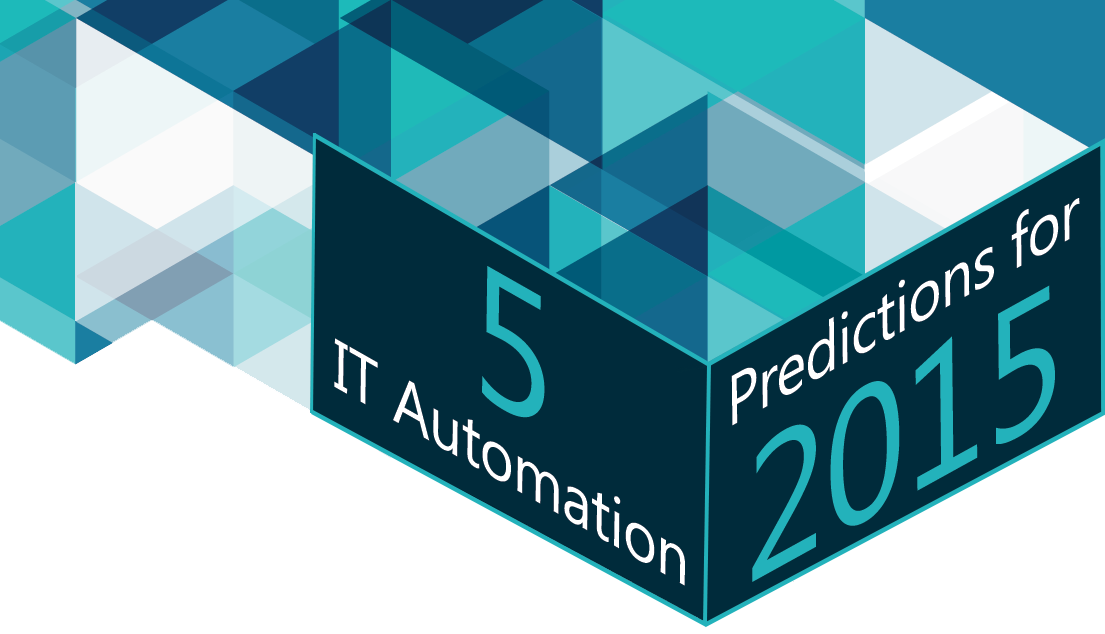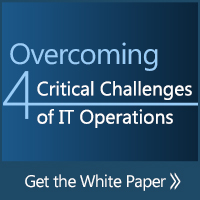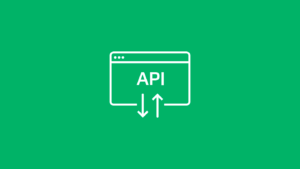Five Workload Automation Predictions for 2015
The top 5 predictions for Workload Automation and job scheduling from Gartner Magic Quadrant leader, ActiveBatch.

2014 has been another year of growth and change for the workload automation industry. As the industry continues to evolve and mature, we are seeing workload automation becoming a key staple for most enterprises. According to leading technology analysts/15 promises to continue the trend of digitalizing business. From cloud computing and big data analytics to the Internet of Things, digitalization is expanding into every corner of our business and personal lives.
As a result of this digitalization, IT is continuing to play an integral role in today’s accelerating rate of business. Real-time data demands, SLA requirements, and software-defined applications and infrastructure all require more flexible and nimble IT Operations. To keep up with business demands and handle the diversity of technologies and applications, IT automation is responding with new solutions and capabilities. Here are our top predictions for workload automation in 2015:

Consolidation of Point Tools
Gartner estimates that most large organizations have more than three workload automation tools implemented in their environment. The biggest problem for organizations with this kind of strategy is that they implement automation as silos, resulting in higher costs and a lack of agility. For example, organizations may use a job scheduling tool for batch processes, a runbook automation tool for IT operations, and an HR tool for onboarding and offboarding employees.
Organizations will move away from this disjointed, elemental approach and adopt an architectural strategy with a comprehensive automation solution that can handle end-to-end workflows across the various platforms, applications, and technologies that comprise the IT organization as a whole. Organizations will move away from legacy schedulers with a script-based approach in favor of solutions that can accommodate their existing scripts and also provide production-ready templates where the logic has already been tested.

Cloud Resource Management Capabilities
Virtual and cloud computing will continue to gain ground and more businesses will adopt a hybrid cloud strategy, replacing some of their on premise computing with virtual/cloud resources. As the infrastructure changes, so will the methods and tools IT must use to manage the way they consume virtual and cloud resources. Workload automation is expanding beyond the traditional scheduling of workflows and executing processes by focusing on identifying the amount of resources that are needed to successfully complete the workflow.
Just as smart thermostat systems raise and lower the temperature according to your activities, an intelligent automation solution can essentially spin up more machines when more computing power is needed to complete jobs as well as spin down machines during idle times. Workload automation is combining predictive and reactive forms of resource management not only to schedule workflows, but also to proactively provision, schedule, and distribute the necessary virtual and cloud resources on the fly. The future holds even more possibilities in this area as automation can take factors such as your public cloud budget and provision resources so as to stay within that budget.

DevOps and Improved Collaboration
DevOps and agile methodologies are leading the way in shortening application release cycles so businesses can achieve improved deployment frequency with lower failure rates. In order to do this consistently and effectively, automation is required to ensure repeatability of deployment tasks and minimize manual intervention. Workload automation solutions will help with streamlining and automating DevOps processes to facilitate collaboration between Developers and Operations. Using pre-templated job steps and reference plans minimizes time spent scripting and performing repetitive processes. Advanced capabilities such as allowing multiple contributors to work on one or more objects together will allow faster collaboration with improved access.

Self-Service Automation
Self-service is pushing the boundaries of traditional automation by putting the power in the hands of the users. Allowing business end users to initiate a process or workflow, without involving someone from IT, minimizes the burden on IT’s shoulders, thereby improving IT service levels for the business overall. For example, Human Resources could initiate the onboarding and offboarding of employees in batches or singularly, adding them to a user group, setting permissions, and creating an Exchange account with a simple, repeatable process that requires just a few drag and drop steps. Advanced user interfaces will allow for greater visibility across the organizations so that business end users can more easily gain insight into their application processing. Additionally, web and mobile capabilities will provide IT and business users with better accessibility and flexibility in executing workflows.

Improved Data Analytics
The pervasiveness of data collection in our society has grown exponentially. From social media to wearables, data is becoming deeply embedded in our everyday lives. As businesses enter the world of big data and big data analytics, automation must respond. To keep track of the various dependencies, constraints, and workflows, organizations need a centralized view that will give them a high level of control and visibility over Operations. Additionally, automation will have to react even faster by reliably executing complex workflows needed to process unstructured and structured data.
Join the Conversation! Share your thoughts on what lies ahead for automation in 2015 in the Comments Section.








